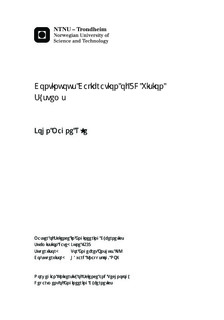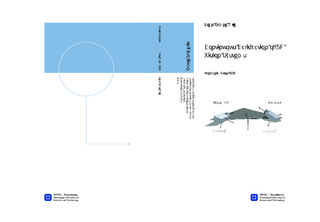| dc.description.abstract | This report is about continuous calibration of 3D camera systems. It seeks to make it possible for two freely moving cameras to know each others relative position as long as they are monitoring a common frame. The short conclusion of this paper is that it is possible to a certain extent. The system presented is capable of computing the relative orientation of the cameras, which leaves the distance between the cameras as a free variable to be decided by other means.Simulations of the calibration model indicates that the relative orientation of the cameras can be estimated within a 0.2 degree deviation, while estimation of the relative position needs to be perfected. Live system tests confirm that the relative orientation can be estimated accurately. They also show that accurate estimation of relative position will require more work. Utilizing three or more cameras is an alternative way of estimating relative position, since the relative position can be calculated by using the relative orientations.The yaw angle was estimated with high precision in the simulation, while during the live tests the system had trouble estimating the angle correctly about 0 degrees. This might be a field for further work, but it is believed that having a good spread of matched features will make the problem disappear. In the test, the feature points was not only close to each other, they were also located in the same plane. The test environment is believed to have affected the results negatively because of this.This master's thesis was initiated by the wish of National Oilwell Varco to be able to estimate the relative orientation of cameras mounted on their crane systems, using the output calibration for depth-mapping the environment. This is one possible usage area, but the continuous calibration system is not limited to this application. In theory, it could be applied to any multiple camera system. The system used for testing was two initially calibrated web cameras, which demonstrates the minimal requirements for using the continuous calibration. | nb_NO |

